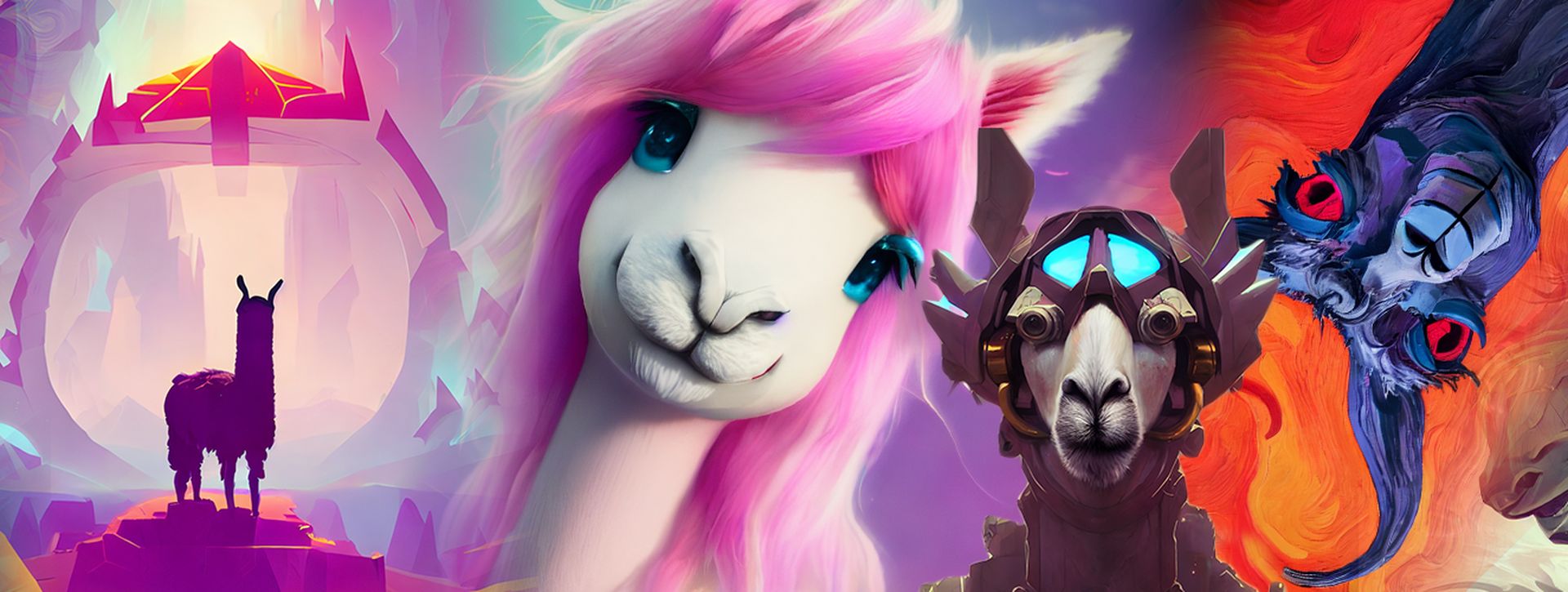DreamUp DeviantArt is a prompt-driven image-generation application that allows you to create almost anything you can imagine! DeviantArt DreamUp allows you to produce AI art with the confidence that creators and their work will be handled appropriately. Conversations with deviants have revealed a plethora of creative ways artists are incorporating AI art into their workflow, whether it’s generating an idea for inspiration, creating rough concept art before pouring hours into a final creation, or generating backgrounds and textures.
DeviantArt, the online art community, introduced DreamUp, an AI-driven text-to-image generating service powered by Stable Diffusion, on Friday. Simultaneously, DeviantArt announced an effort that, while nominally allowing artists to opt out of AI picture training, simultaneously made everyone’s art opt-in by default, infuriating many members.
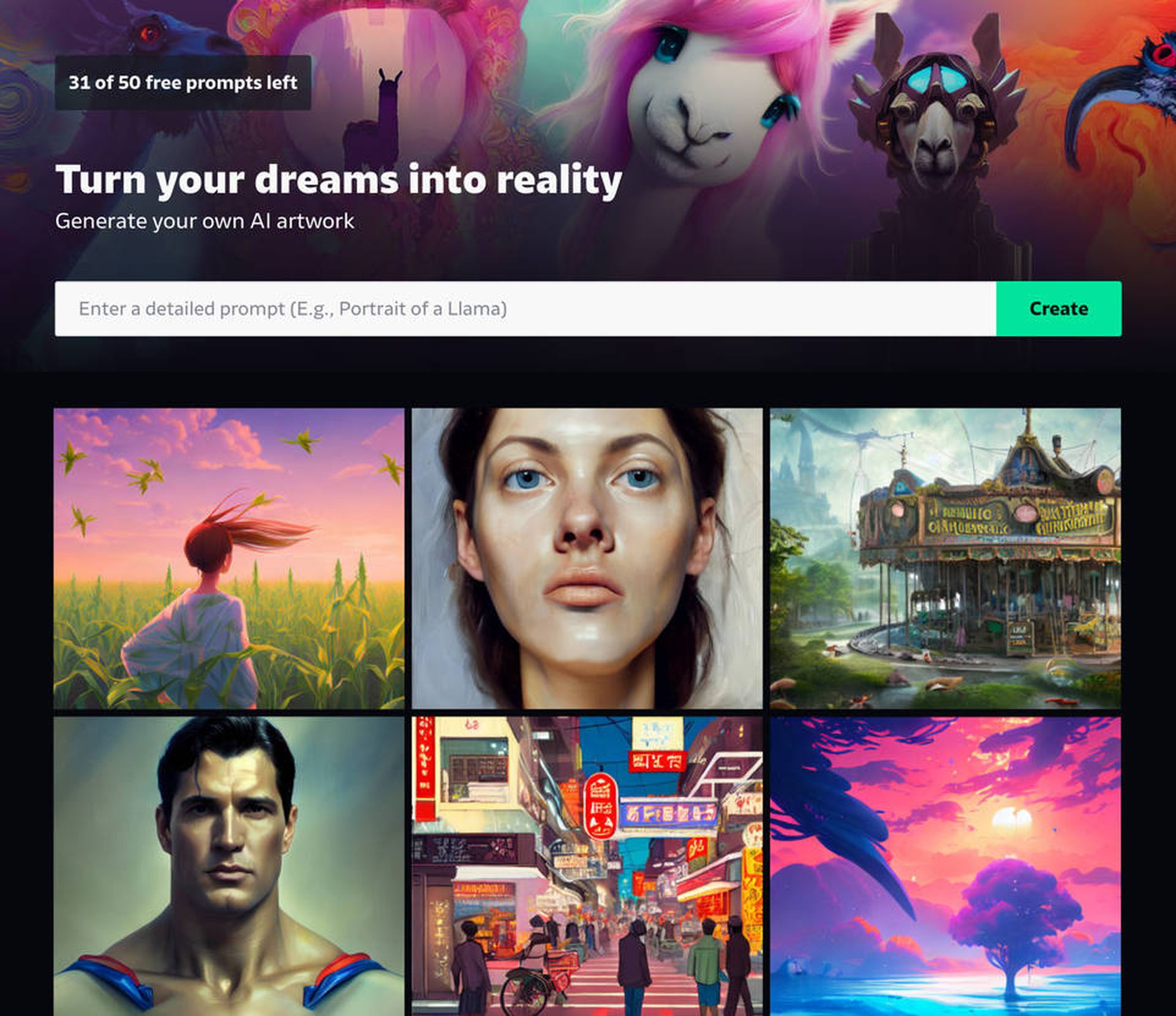
DreamUp generates unique AI-generated art from word prompts. DreamUp learned how to produce pictures by analyzing hundreds of millions of photographs taken from sites like DeviantArt and aggregated into LAION databases without the consent of the creators, a possible irony that some DeviantArt users find disturbing.
How to use DreamUp DeviantArt?
- Enter a prompt in DeviantArt DreamUp, providing as much description about the subject, style, colors, and backdrop as possible.
- Click “Create” to bring your vision to reality! All DreamUp photographs are immediately upscaled to the maximum resolutions by default, and all DreamUp images are automatically stored to Sta.sh for quick reference.
- You may re-run an image with the same question to receive a variant, or you can change your initial prompt to go in a different path.
- Select “Submit as a Deviation” from the three-dot menu of your favorites.
Your deviation will be automatically labeled as artificial intelligence and DeviantArt DreamUp will develop it. Your prompt will display on the deviation page as well.
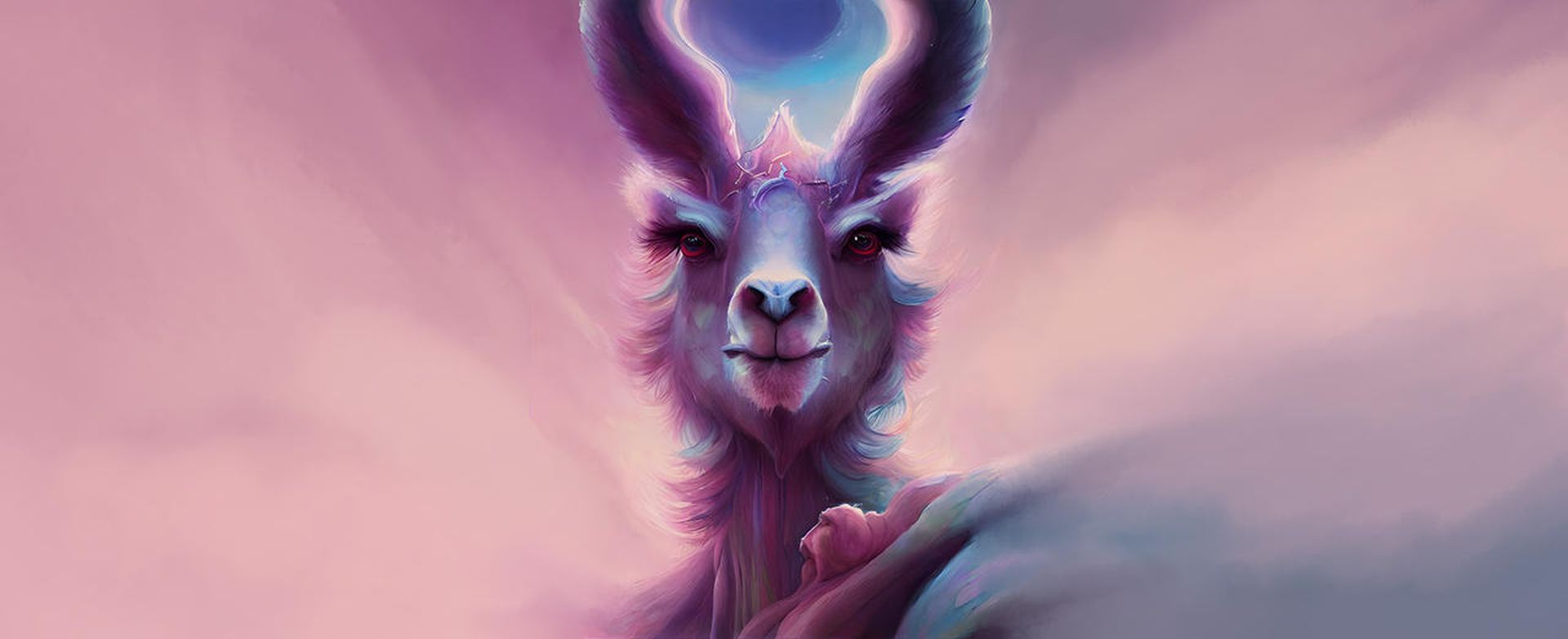
AI opt-out feature for DreamUp DeviantArt
Some art communities have taken firm stands against AI-generated pictures, even prohibiting them. Perhaps expecting a reaction, DeviantArt is attempting to appease artists who are angry that their work is being used to train AI picture producers. To opt out of third-party picture datasets, artists can click a specific “NOAI” flag in their image settings. (Whether or whether third-party image scrapers will respect this flag remains to be seen.)
Also, in the future, DeviantArt will allow artists to opt-out of having their photos trained DreamUp, but each artist must first fill out a form that requires human inspection. This restriction has sparked strong opposition from DeviantArt users, with some threatening to erase all of their work and terminate their accounts.
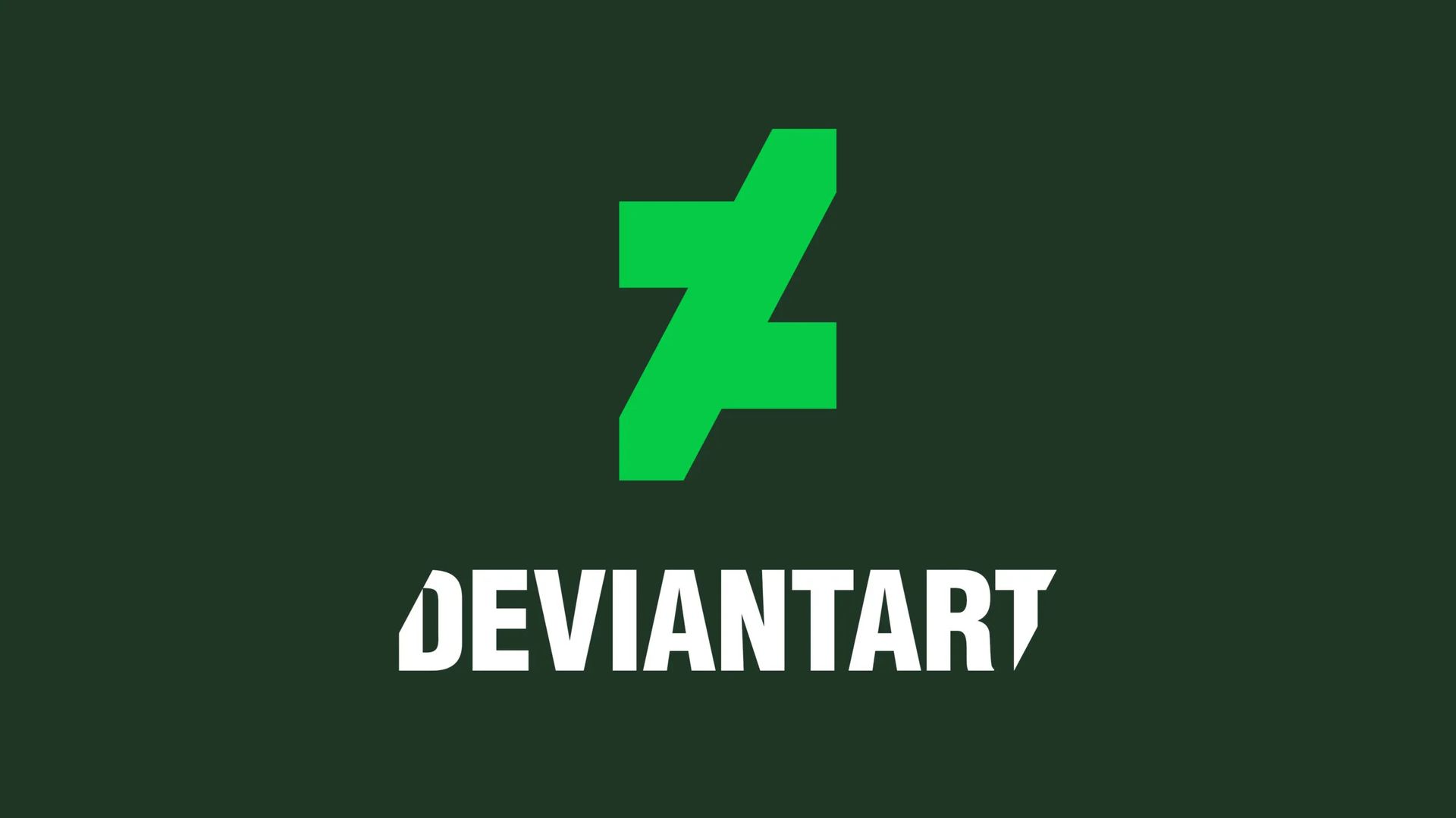
DeviantArt stated that:
“Artists should be able to tell third party AI datasets whether or not their content can be used. All deviations are automatically labeled as not authorized for use in AI datasets. While DreamUp is based on third-party technologies (like Stable Diffusion) which have trained their models with the open web, DeviantArt does NOT and WILL NOT add images submitted on DeviantArt to these training sets, on or off the platform.”
DeviantArt’s DreamUp information page is equally protective, claiming that DeviantArt does not consent to third-party AI picture models (such as Stable Diffusion) scraping their site in order to make their models operate. Furthermore, the site seeks to dispel popular misconceptions regarding how AI picture synthesis works farther down the page. What about DreamUp? We tested the service, which appears to be a standard Stable Diffusion model. DeviantArt users get five free prompts to check it out, and members can earn extra prompt credits by subscribing to one of the CORE plans, which cost between $3.95 and $14.95 per month.
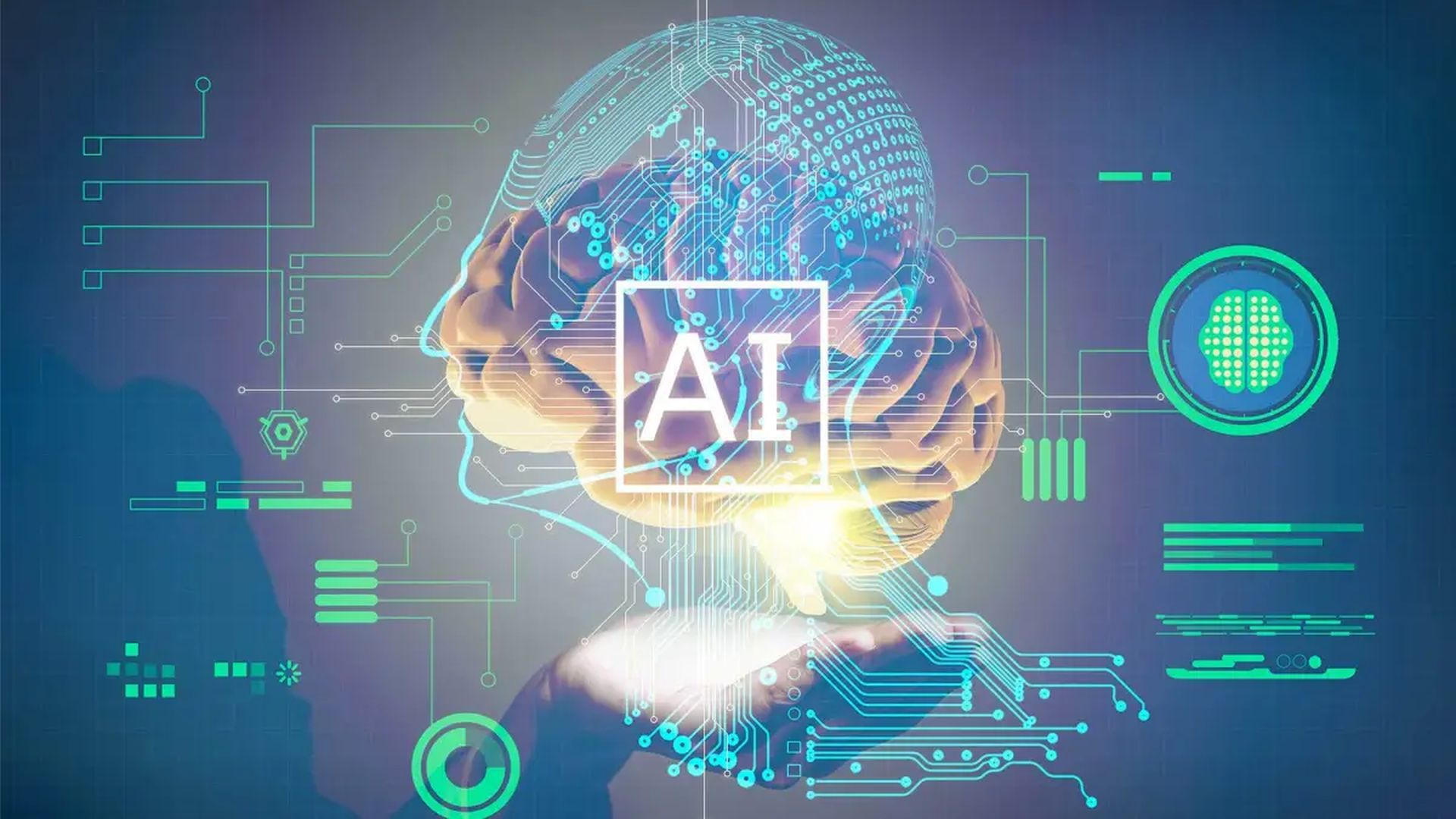
DeviantArt DreamUp plans
Core:
- 50 free prompts
- 20 points per additional prompt
Core+:
- 100 free prompts
- 15 points per additional prompt
Core Pro:
- 200 free prompts
- 10 points per additional prompt
Core Pro+:
- 300 free prompts
- 5 points per additional prompt
How DeviantArt DreamUp works?
Stable Diffusion, a third-party AI model trained on picture datasets obtained by LAION from around the internet, is used in DreamUp. The new Terms of Service of DeviantArt apply to all users of the LAION datasets, including any additional training of Stable Diffusion or derivative models.
We hope that you enjoyed this article on DreamUp DeviantArt: AI opt-out feature and how to use it. If you did, we are sure that you will also enjoy reading some of our other articles, such as Wombo Dream: How to create Wombo AI Art, or Google’s DreamBooth AI is here and going for the AI artwork throne.

